My incredible journey to Peru began in Lima, where I flew in from Amsterdam on a 12-hour flight. The landscape below transformed from an ocean to a sprawling city as we approached Jorge Chávez International Airport. That smooth and enjoyable flight set the perfect tone for my Peruvian adventure.
I am filled with excitement knowing that I am going to spend three weeks in Peru. The first part of it will be spent with fellow yogis during the yoga retreat with Drishti Journeys.
The next day, after arriving in Lima, we continued to take a flight to Cusco, the former capital of the Inca Empire, and then another two-hour drive to the Sacred Valley.
In Sacred Valley, the stunning landscapes are intertwined with the rich legacy of the Inca civilization. The Inca Empire was one of the most remarkable civilizations in history and thrived in Peru from the 15th to the early 16th centuries. Its heart was in the Andes mountains, where the Incas developed advanced agricultural techniques, remarkable architectural feats, and a complex political and social organization system.
Today is two days before the retreat starts. We are staying in Unuwasi Villa and Bungalow. It is a secluded accommodation with an incredible view of Mount Pitusiray and a vibrant, fertile garden and outdoor space. The lovely staff always ensures we have everything to make our stay enjoyable.
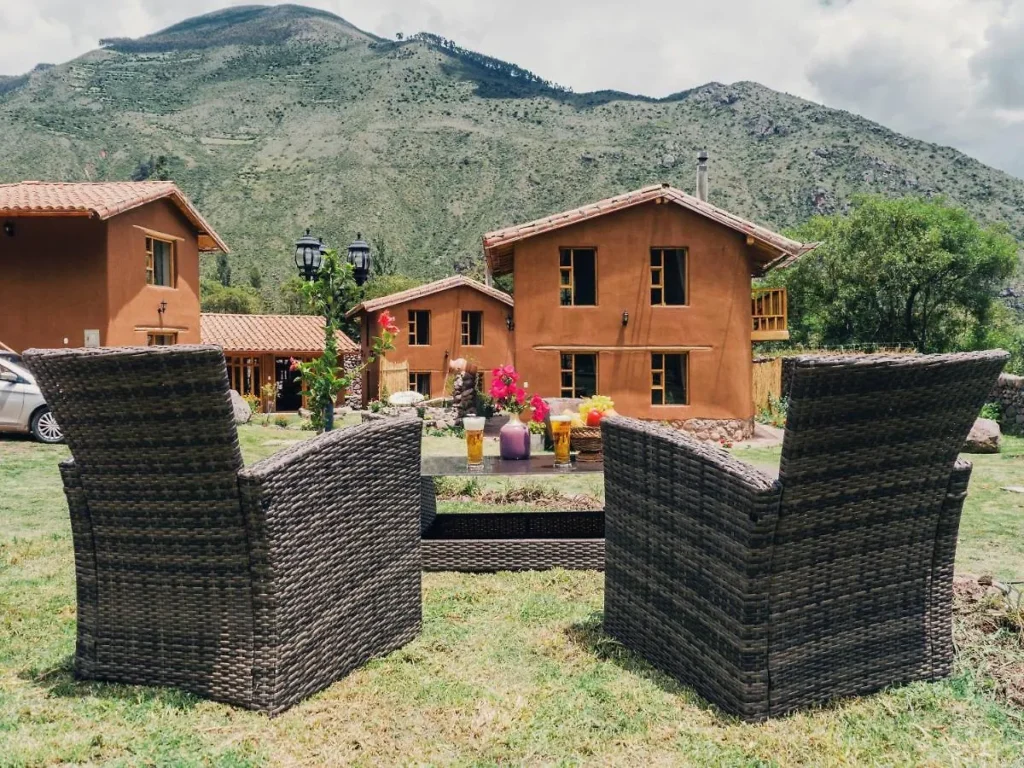
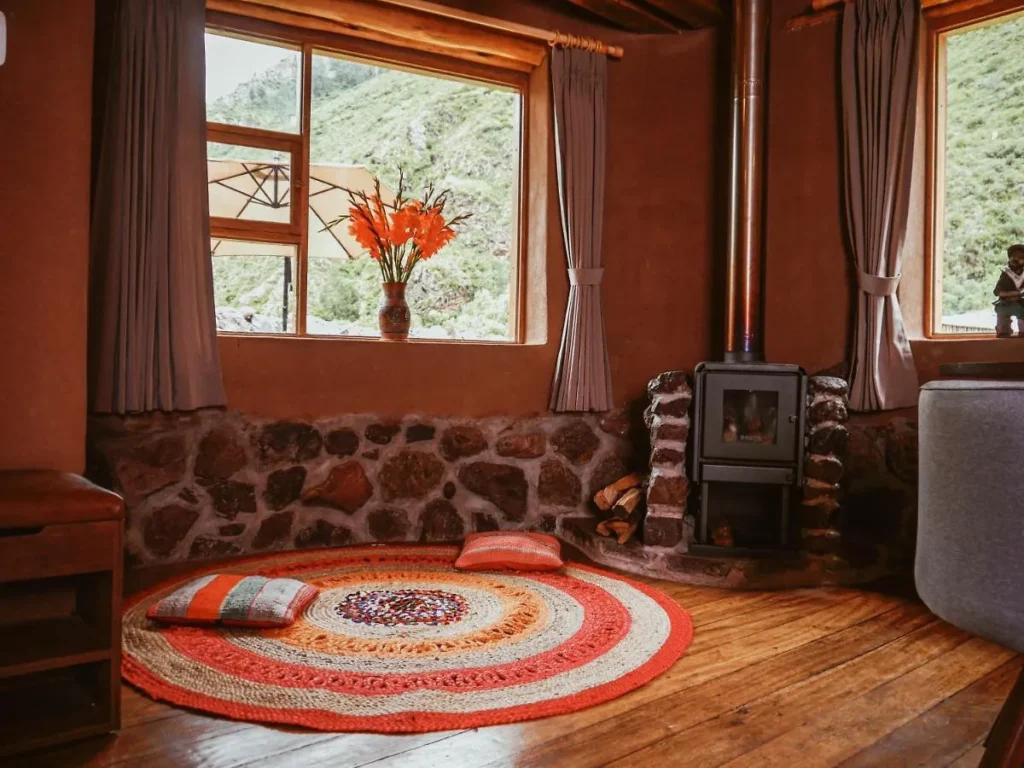
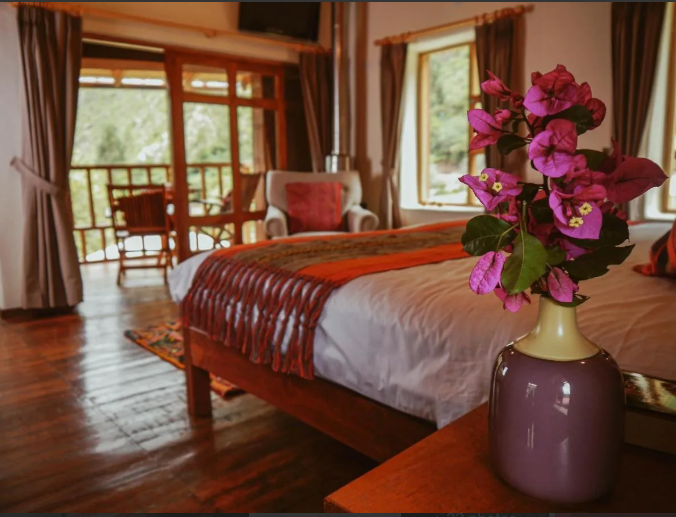
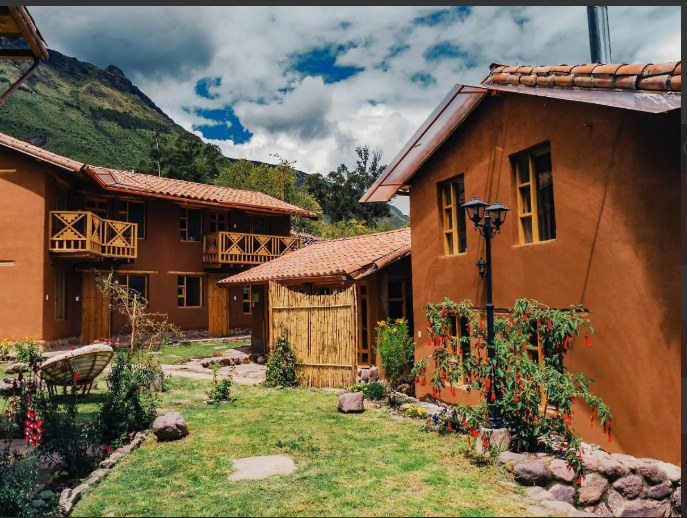
We have to move as today is Day 1 of the retreat. The retreat participants will arrive today at our venue. The venue is equipped with wellness facilities such as a salt room and sauna, which offer natural elements and a peaceful atmosphere in a serene environment. Munay Sonqo is the perfect place to host retreats and spiritual workshops.
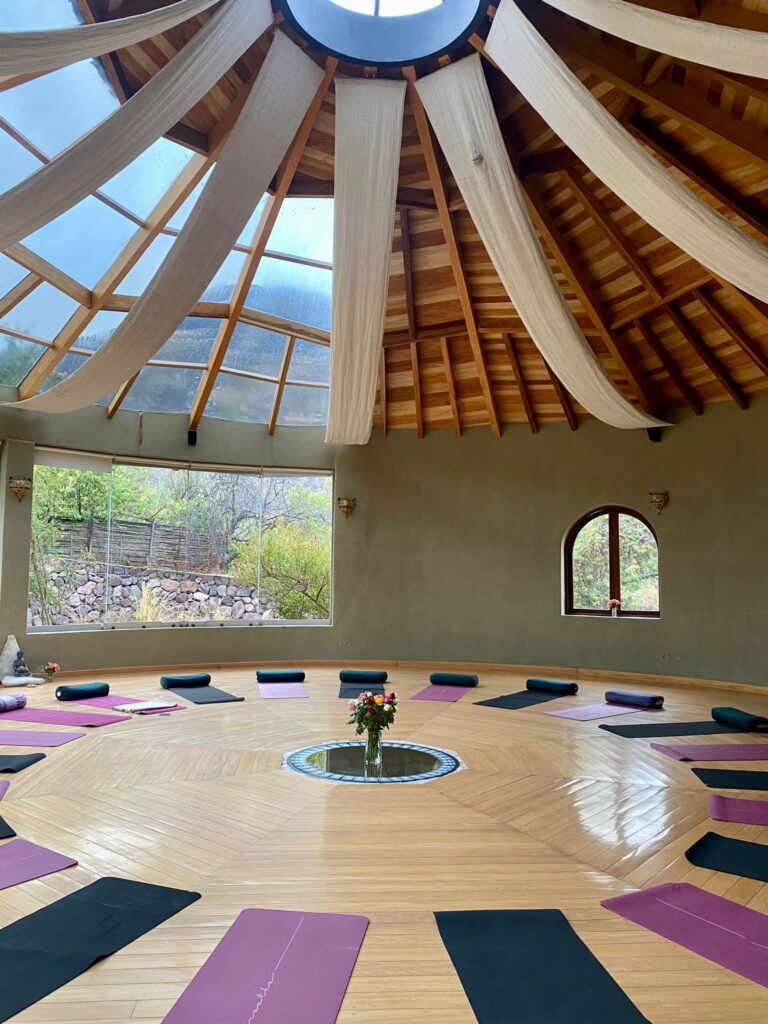

I will share the highlights of our last October 2024 retreat in Sacred Valley!
The Sacred Journey of Sound Healing
We were so fortunate that the healer who led our Sound Healing was Maestro Tito la Rosa, the descendant of Quechua Indians of the Peruvian Andes. Tito is known for his deep knowledge of traditional Andean healing practices. He uses various instruments, such as the indigenous Andean flute, drums, and singing bowls, when performing rituals and ceremonies. Tito emphasizes the healing power of sound to facilitate emotional release, personal transformation, and a deeper connection to oneself and the universe. His performances often draw on ancient traditions, creating a sacred space for participants to explore their healing journeys. By immersing ourselves in sound, we can tap into deeper states of consciousness, allowing for physical, emotional, and spiritual healing.
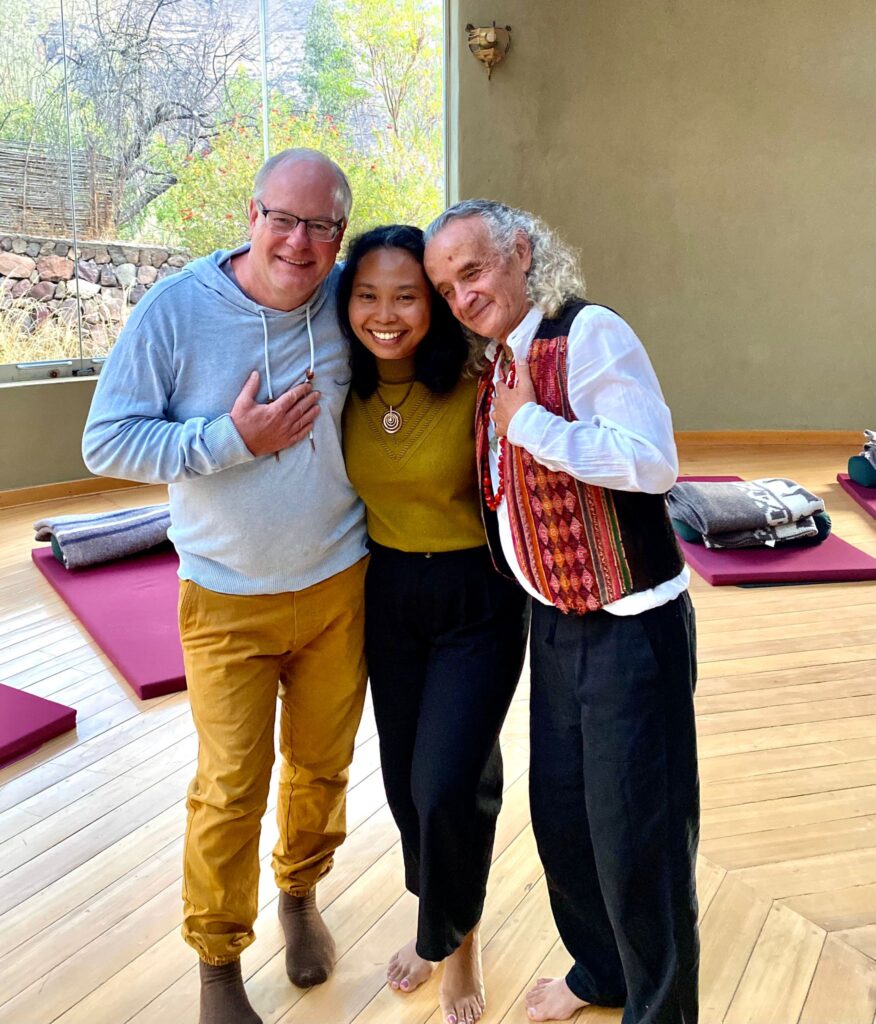
During the 1.5 hours of Tito’s session, I went on my sacred journey. I first arrived at a blissful theta state where I felt completely safe and relaxed. Then, my journey continued to many different lifetimes in the past. I returned feeling relieved and rejuvenated.
Offering to Pachamama at Pumamarca
Walking through this fascinating archaeological site, you can feel the energy of the place and its connection to the land, its people, and its traditions. The site features beautifully constructed terraces, which were used for agricultural purposes, as well as remnants of ancient structures that hint at its significance. It is often less crowded than other sites, giving visitors a more intimate experience.
The ancient Inca civilization believed in the spiritual significance of animals. One of them is the puma, a central figure in many Andean myths and cosmology, representing strength, power, and the physical world. At Pumamarca, the site embodies the puma’s essence as a protector and guide, reminding us of the profound relationship between the Inca people and their ancestors.
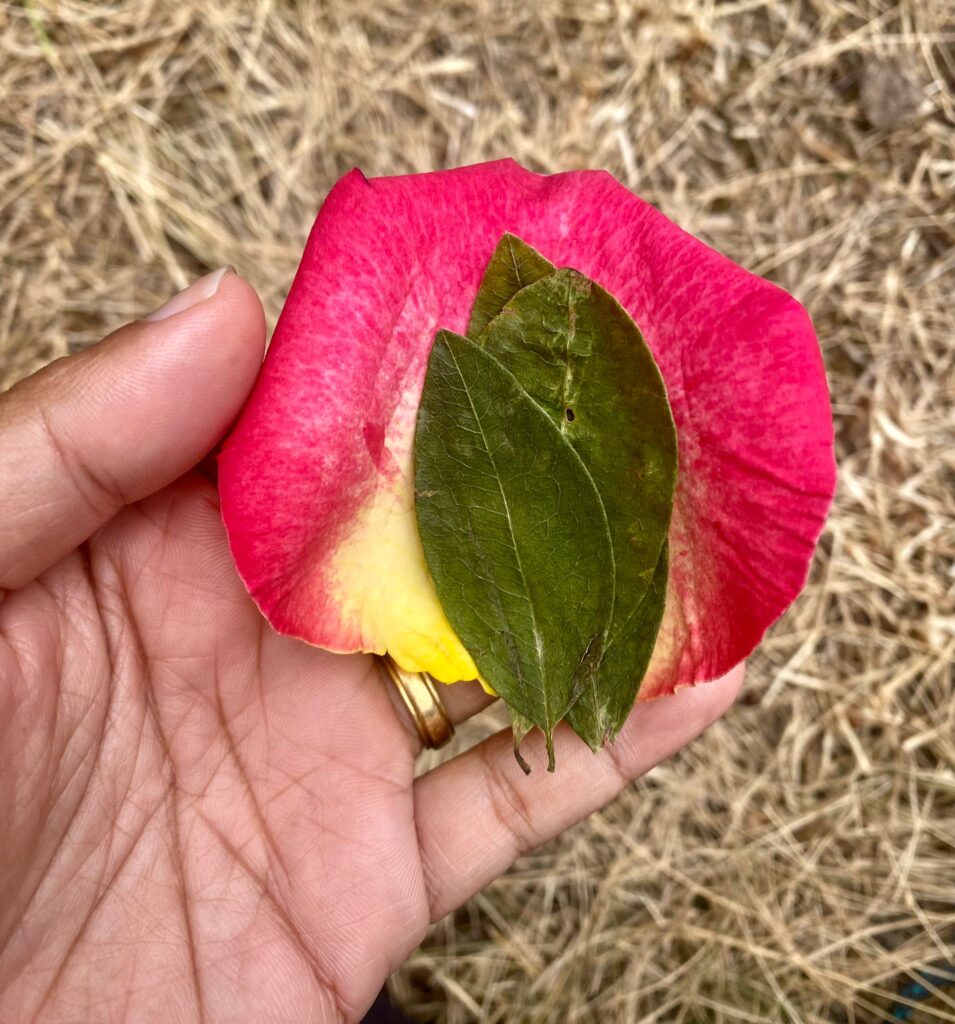

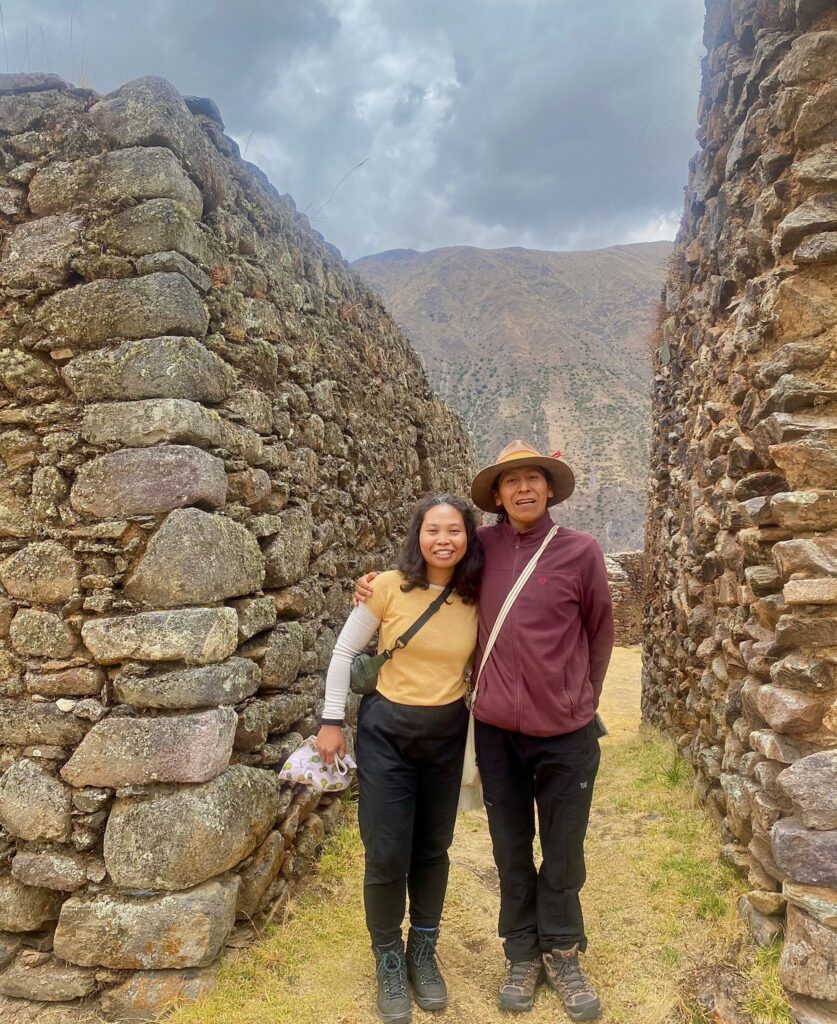

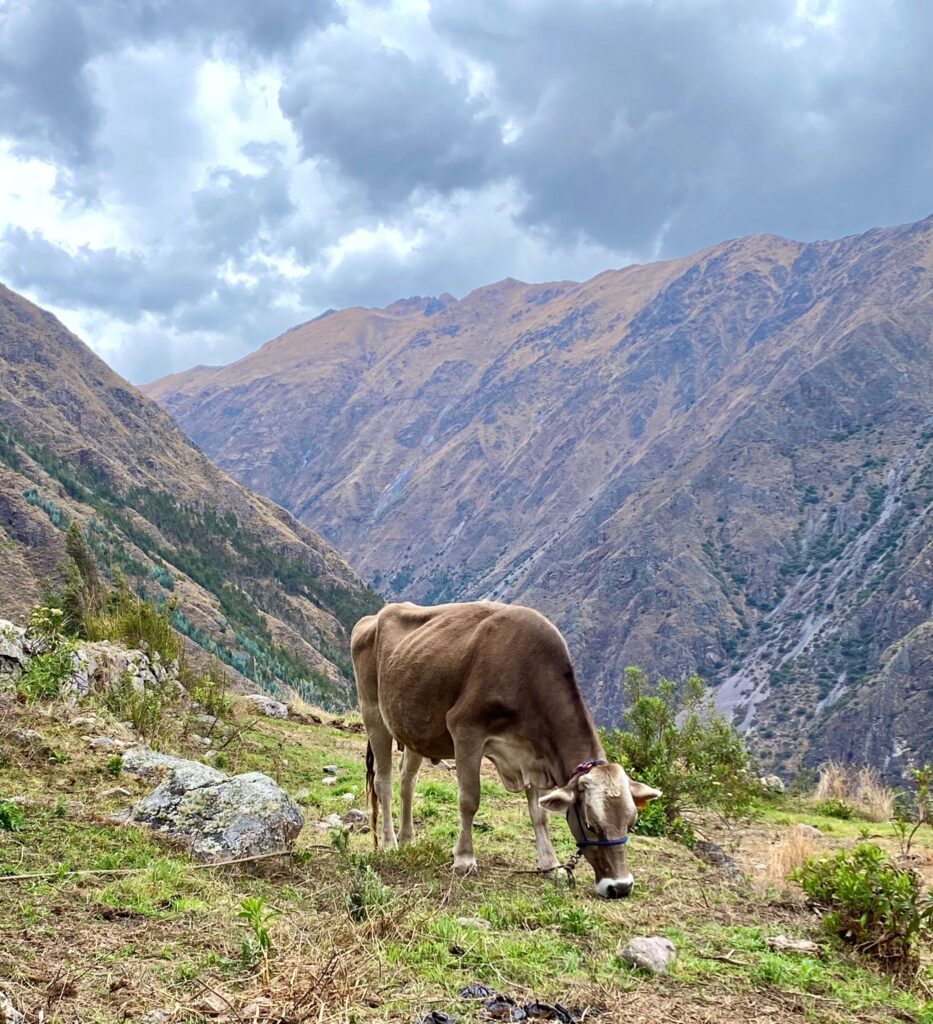
When you stand at the heart of this sacred space, you feel immersed in the wisdom of the ancients. Many describe a sense of grounding, nurturing, and empowerment in this area.
Despaco Ceremony
It is the art of making a traditional Andean ceremonial offering. This practice is deeply rooted in indigenous beliefs and is used to express gratitude, request abundance, and restore balance in one’s life and the community. The ingredients used to make the offering are flower petals, coca leaves, Llama grease, and grains arranged on a piece of paper or cloth in a specific pattern. Each item holds symbolic meaning, and prayers, songs, and the sharing of intentions often accompany the ceremony.
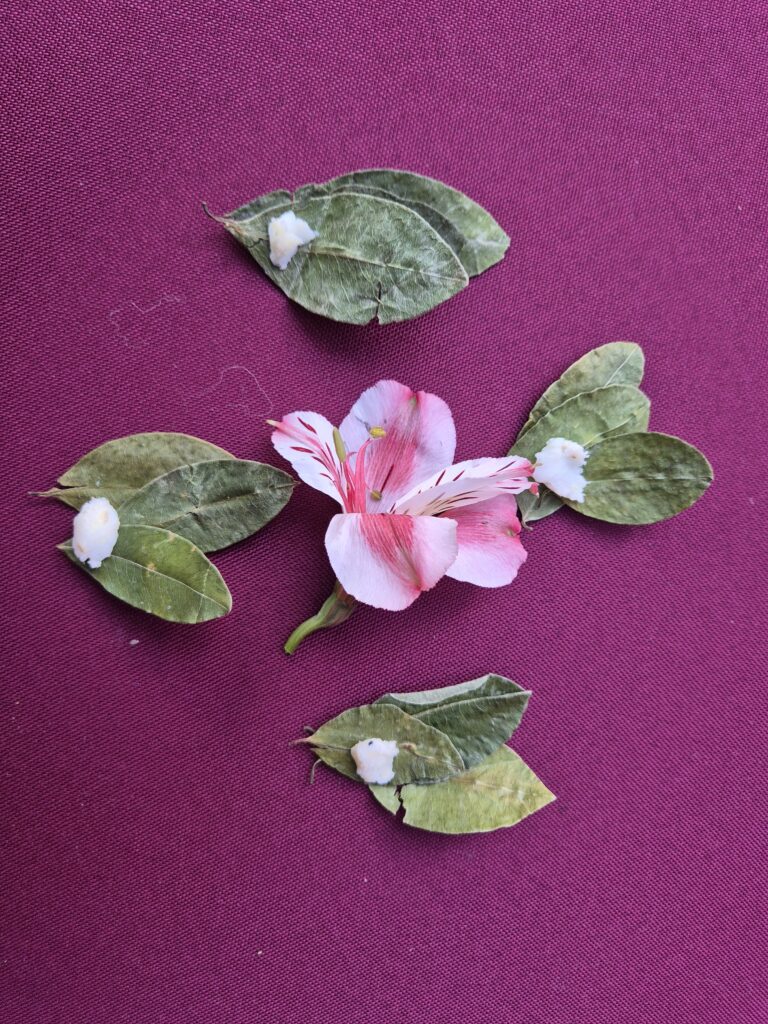

The offering is usually offered to the earth or the spirits of the landscape by being burned, buried, or set afloat in water. Our offerings were presented to the fire, symbolizing the release of intentions into the universe. The Despaco ceremony meditatively connects us with our inner space and spiritual beliefs.
Exploring the Lost City of Incas – Machu Picchu
Our visit to Machu Picchu was more than just a sightseeing excursion; it was a deep dive into history and spirituality and a chance to witness the tremendous ancient engineering and architecture.
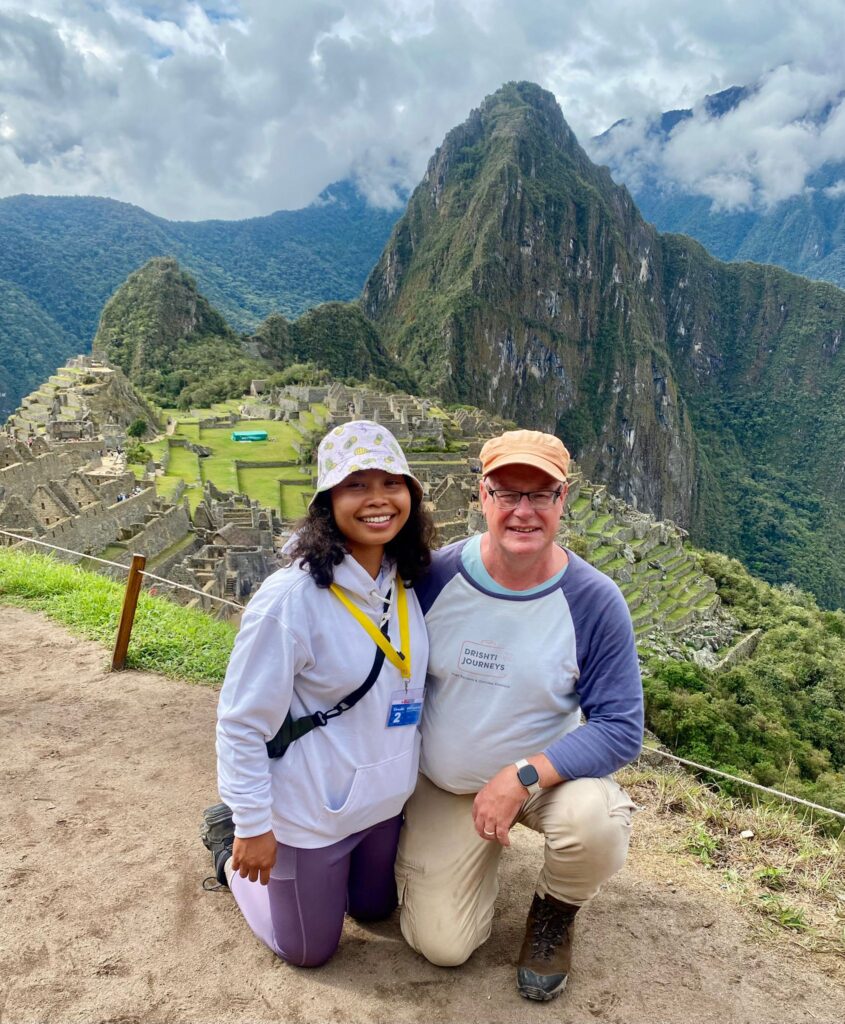
After an early morning wake-up and a scenic train ride along the Urubamba River, we were filled with anticipation as we approached the ancient citadel. Upon arrival, the sheer scale of the terraces, temples, and living quarters astonishes us. Our guide shared fascinating insights about the architectural brilliance of Machu Picchu and how the Incas aligned their buildings with Celestial events, from its sophisticated agricultural terraces to its intricate stone structures. We did a group meditation, where we all sat in silence with the llamas roaming freely around us, soaking in the energy of Machu Picchu and expressing gratitude for the opportunity to experience it. It felt like a bridge to the past, reminding us of the wisdom and teachings of those who walked this land before us.
Temazcal Ceremony (The Sweat Lodge)
The Temazcal ceremony belongs to Mesoamerican cultures, with its roots primarily in the indigenous peoples of Mexico and Central America. Various groups, including the Aztecs, Mayans, and other tribes, have practiced it. The ceremony is deeply tied to their spiritual and healing traditions, often as a rite of passage or purification. It is an essential cultural and spiritual practice in Indigenous communities and people seeking holistic healing and reconnection with nature.
The Temazcal ceremony, known as the sweat lodge, involves a steam bath inside a dome-shaped structure meant to replicate Mother Earth’s womb.
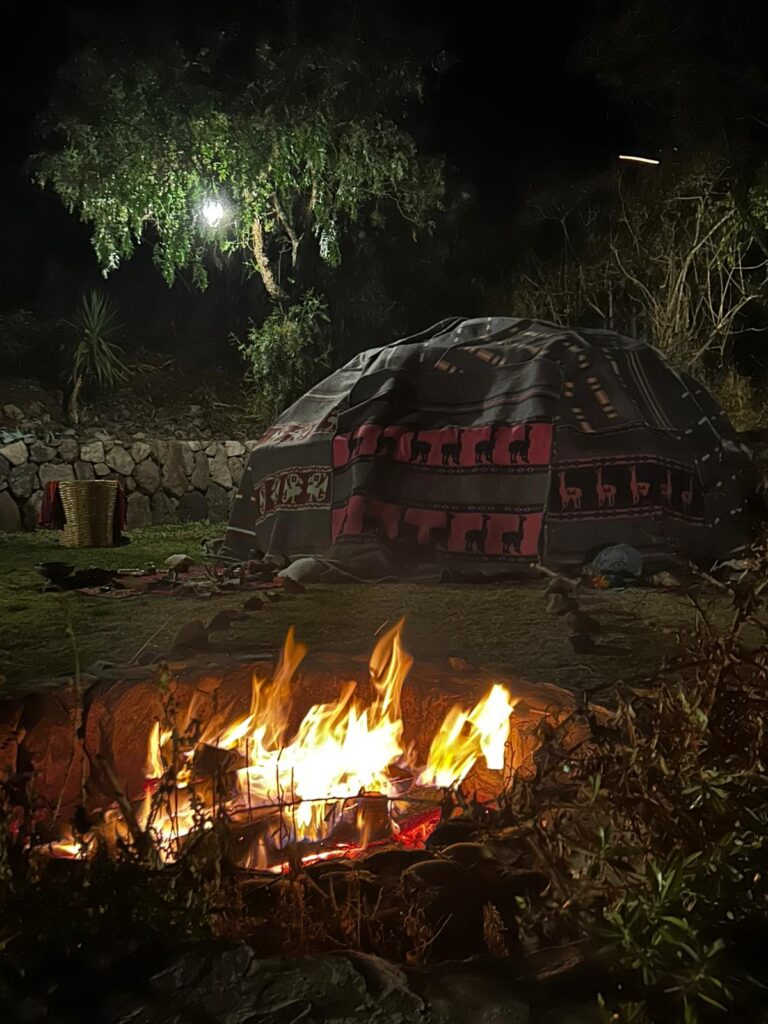
Before entering the dome, we are cleansed with smoke from herbal plants, then face the four directions, delivering prayers and asking for permission and guidance. We entered the dome only wearing our bathing suits. The shaman guides the ceremony by incorporating chants, songs, and prayers to invoke spiritual connections and set intentions for the experience. During the ceremony, heated volcanic stones are placed in a central pit, and herbal infusions are poured over them to create steam, making the environment quite intense due to the heat and humidity. Still, it’s also a transformative experience fostering purification, introspection, and community bonding.
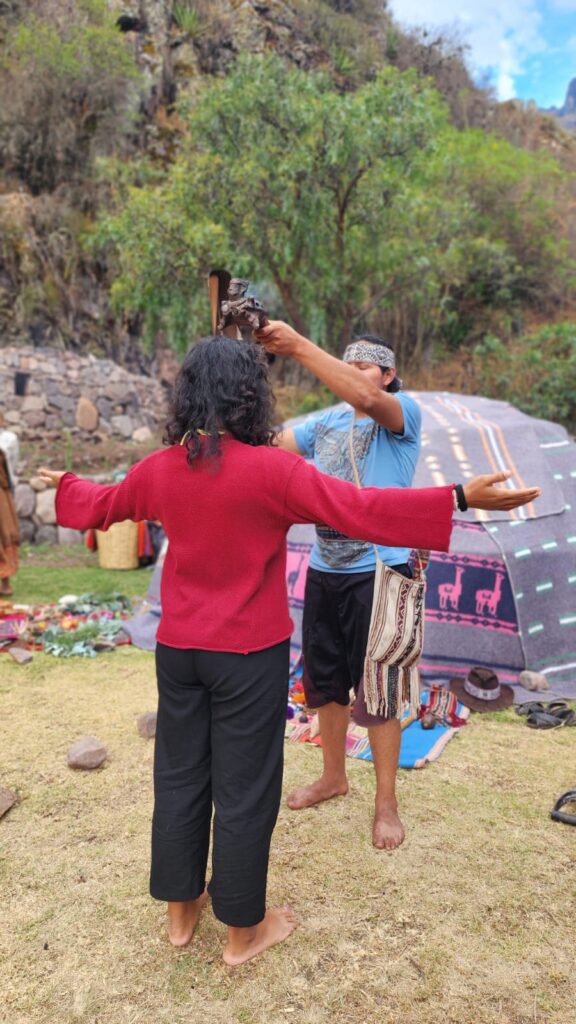
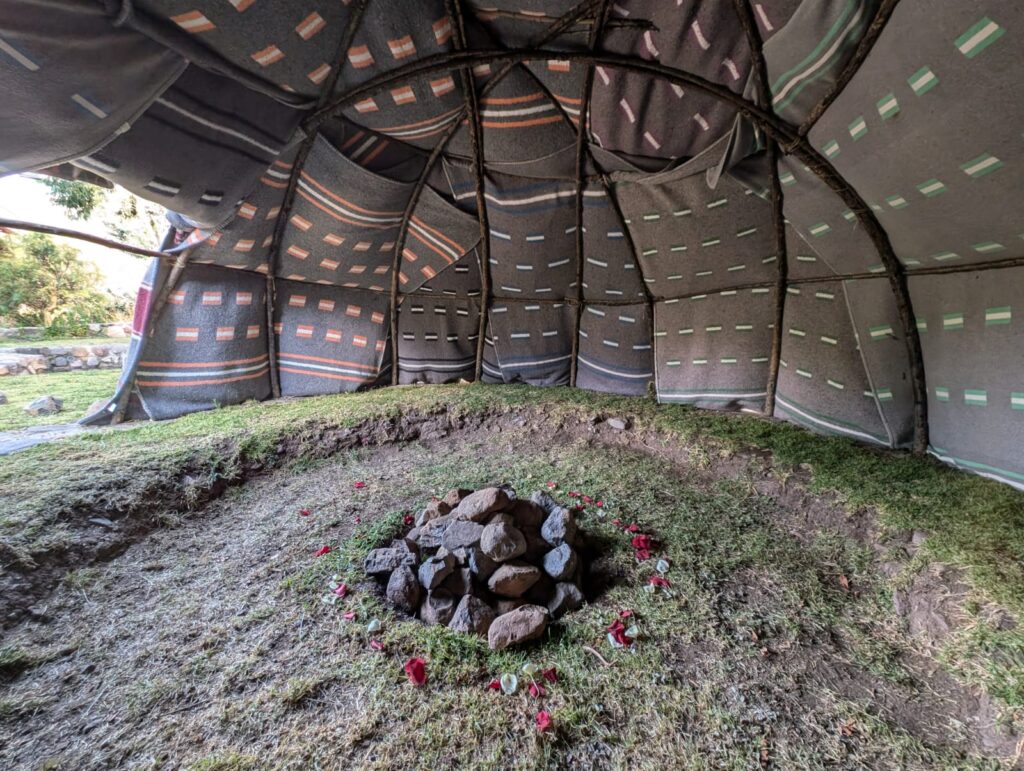
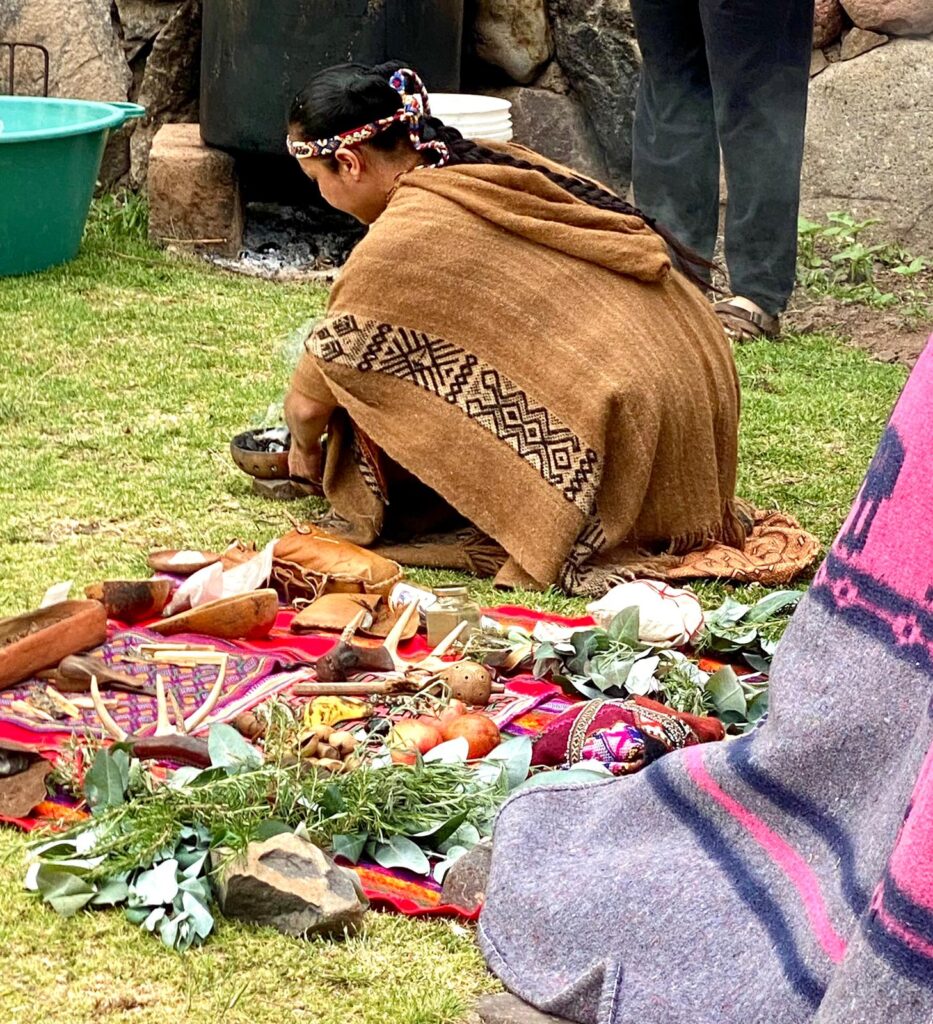
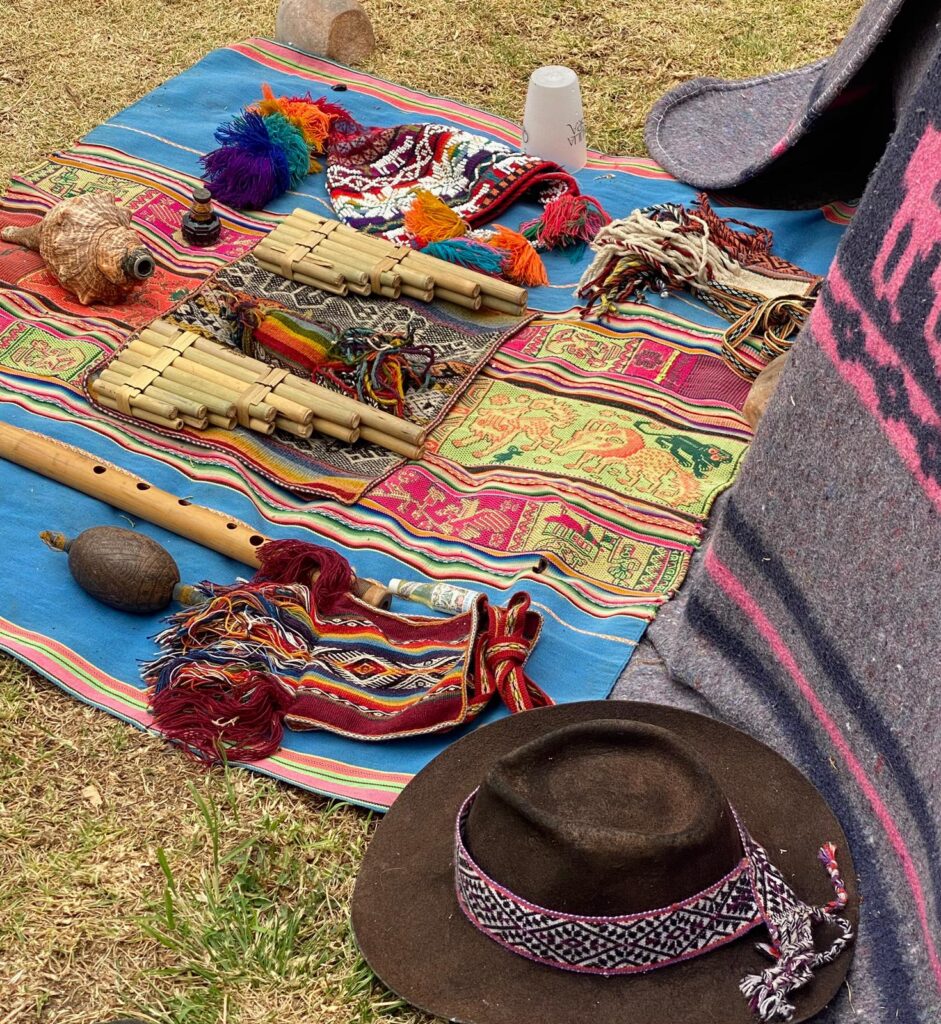
It was four different stages of heat and prayers to four different directions and elements. At the end of the ceremony, we rinsed ourselves and plunged into the icy-cold pool. The warm herbal bath afterward really helped to balance the body’s temperature.
I was surprised by the immediate results of the Temazcal ceremony. My skin feels so smooth and glowing. The tiredness in my body from traveling and sleepless nights from adjusting to a new time zone and altitude level, was gone! My breathing, lungs, and blood circulation were improved!
Pisac, Quinsa Cocha and Ollantaytambo
Exploring Pisac was not just about admiring ancient ruins; it was an invitation to contemplate how the past informs our present and honor the Inca civilization’s legacy. Nestled high on a mountain ridge, Pisac is renowned for its stunning Inca ruins and beautiful terraced fields that cascade down the mountainside. The area also features religious structures and ceremonial sites, with stone constructions that have stood the test of time. One of the most notable features is the Temple of the Sun, a significant spiritual center where we could almost feel the energy of rituals performed centuries ago. Walking through the ruins, we explored the impressive agricultural terraces, which were ingeniously built to optimize irrigation and crop growth. The Incas utilized these terraces to grow various crops, and the remnants of their advanced farming techniques are still visible today. Imagining how this site was crucial in sustaining the local community was fascinating.
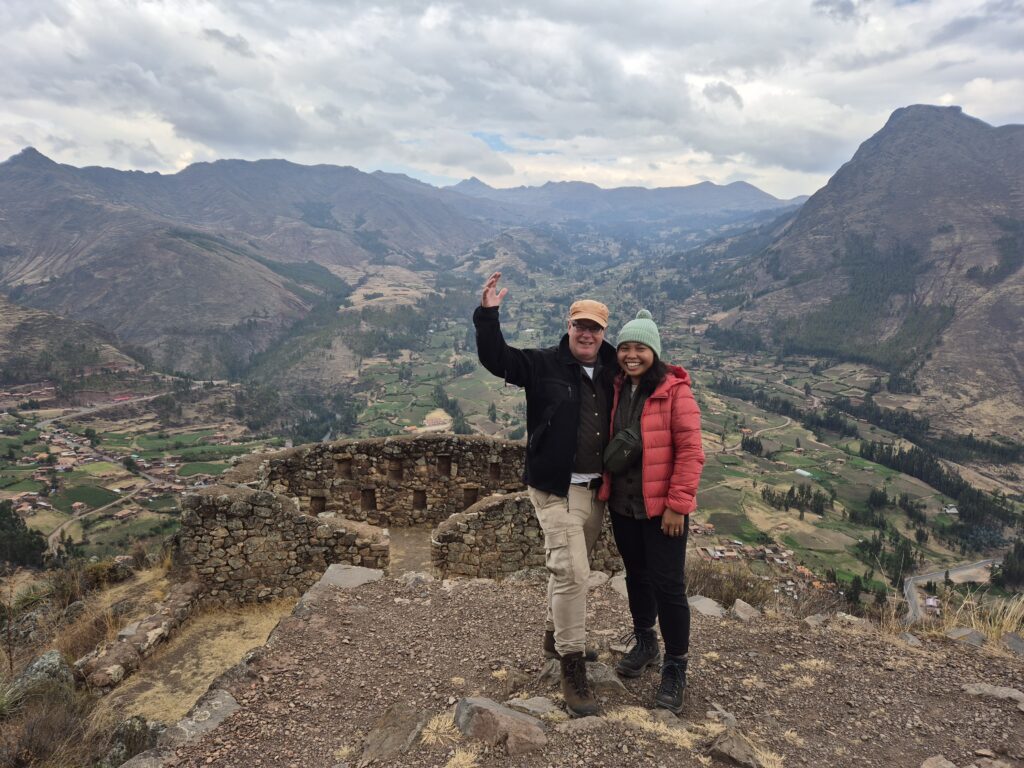

Quinsacocha
The Three Lakes. This area, set at 4,000m altitude, was cold and windy. We had a ceremony led by our guide-Emillio. The altar-making session was interesting to observe. We gathered the rocks in different sizes and shapes and stacked them on each other. Then Emilio started ” decorating it with llama grease, grains, and flowers. He then poured the water he took from the lake using the big shell that also functioned as an instrument. Everyone asked to leave their jewelry around the rocks to be blessed. The ceremony honored the spirits of the Apus (mountain) surrounding the lake, giving protection and abundance to all living beings.
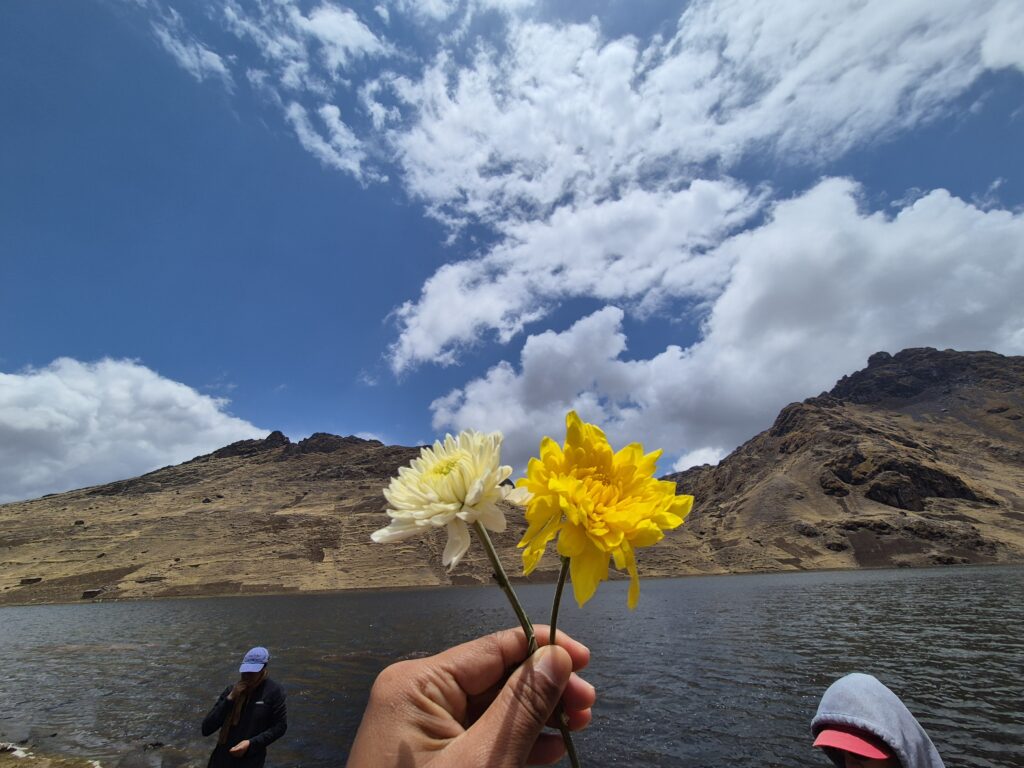
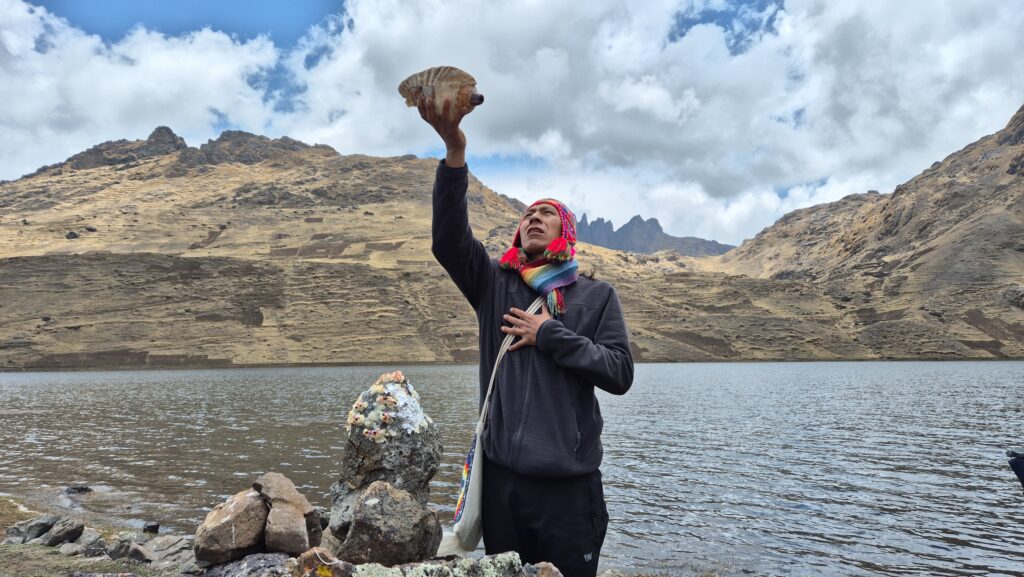

Ollantaytambo
Ollantaytambo is a historic town that showcases the incredible ingenuity of the Incas. Known for its well-preserved ruins and stunning agricultural terraces, it was a strategic military, religious, and agricultural site. The highlight of our visit was climbing to the Temple of the Sun, a breathtaking site with massive stone blocks perfectly fitted together. The views from the temple were nothing short of magical, overlooking the Sacred Valley and offering a sense of connection to the ancient world. Ollantaytambo’s vibrant energy and rich history left a lasting impression, adding another layer to my journey through Peru.
At the art market of Ollantaytambo, local artisans display their works, including intricate textiles, pottery, jewelry, and wooden crafts. The vibrant colors of woven blankets and clothing are incredibly captivating, reflecting traditional patterns and techniques passed down through generations.
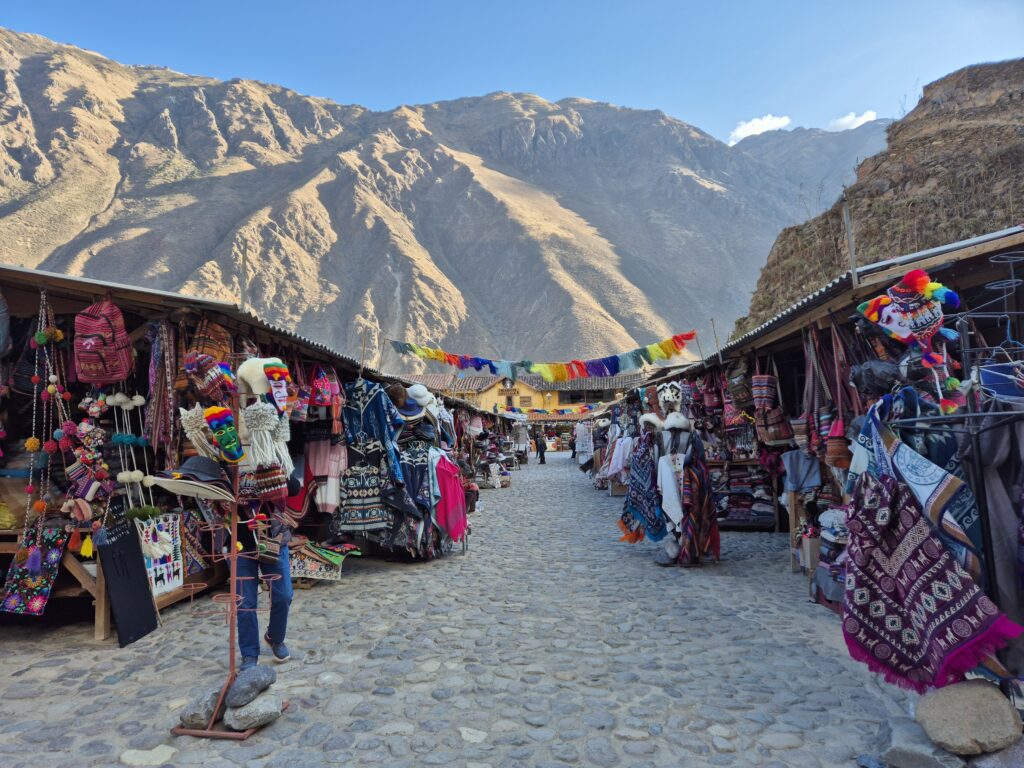
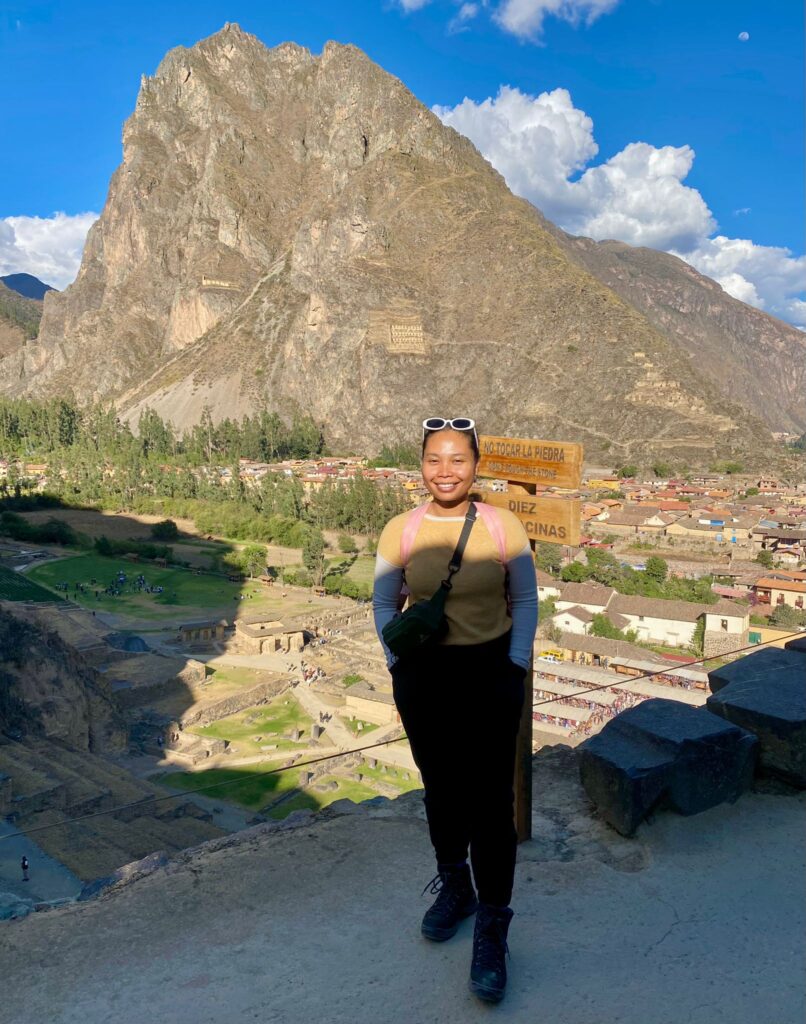
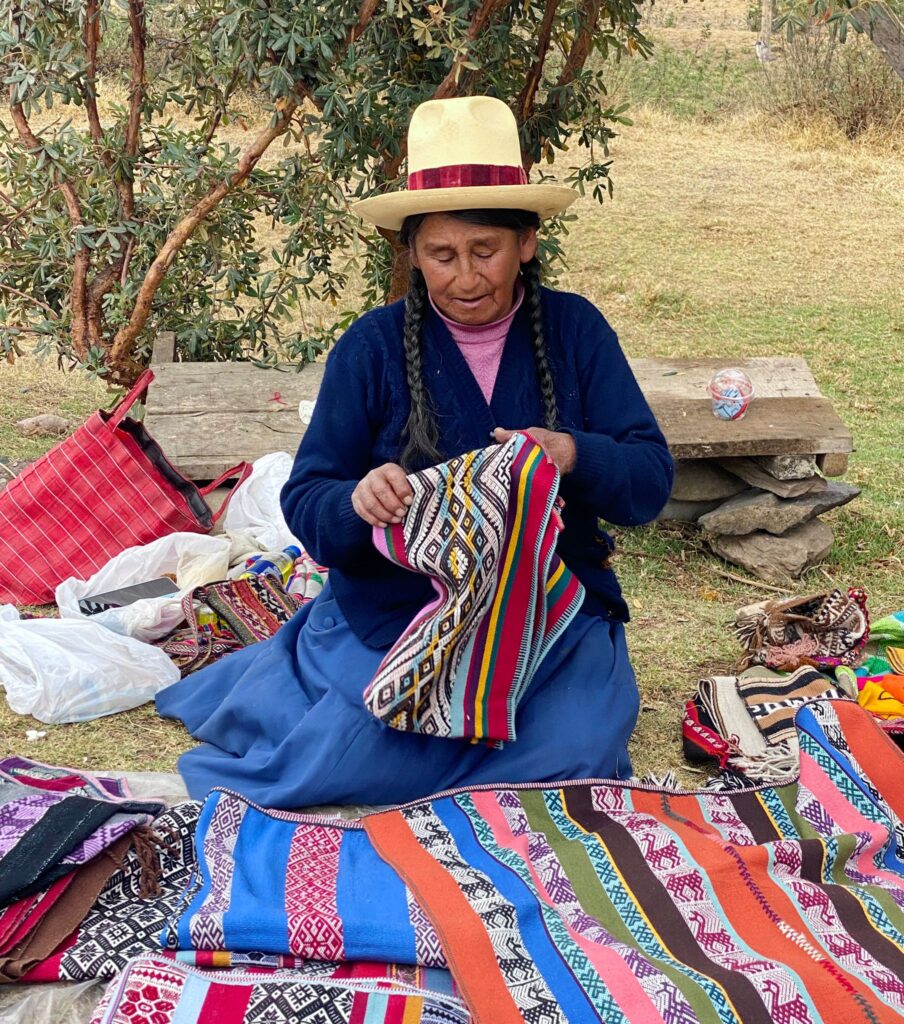
It has been an incredible week!
I have also discovered similarities between what we practice in Bali and what I have experienced in Peru regarding culture, arts, cosmic connections, and spiritual connections with elements and ancestors.
I am forever grateful for all the spiritual experiences and healers I have met along the way!
Some More Photos…
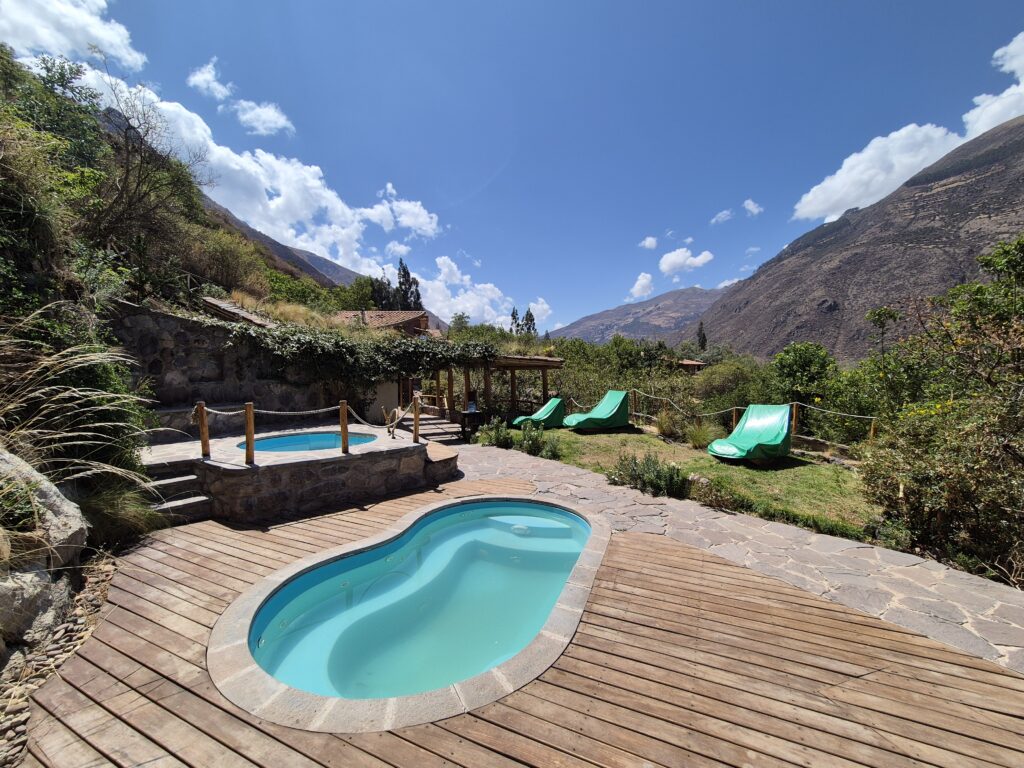
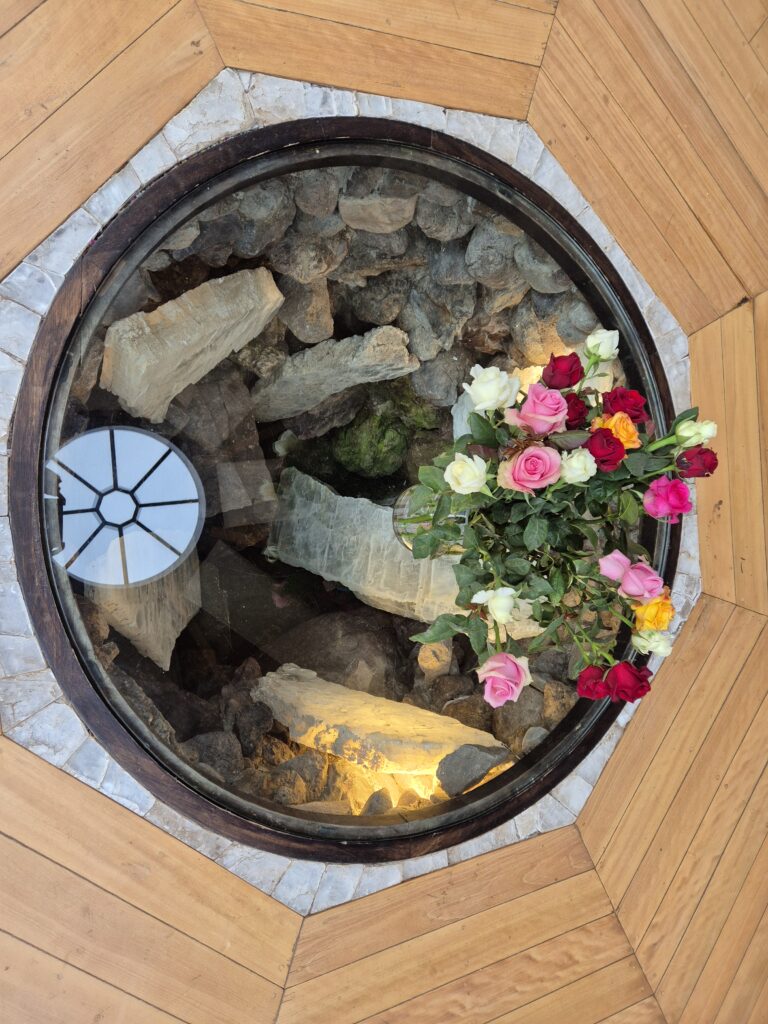
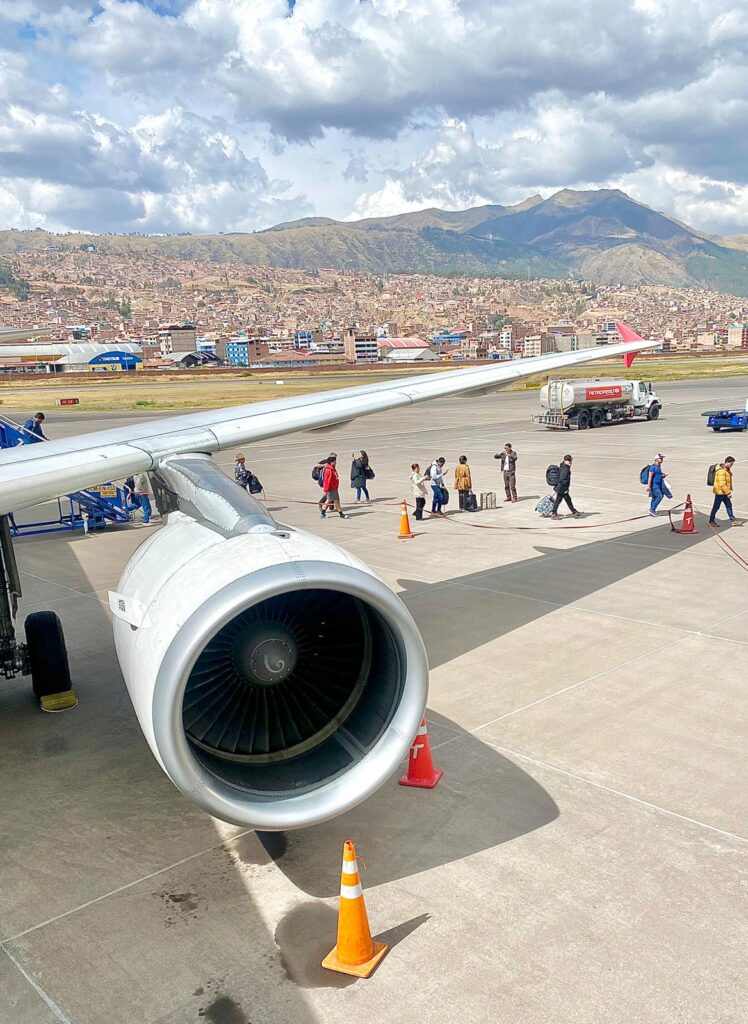
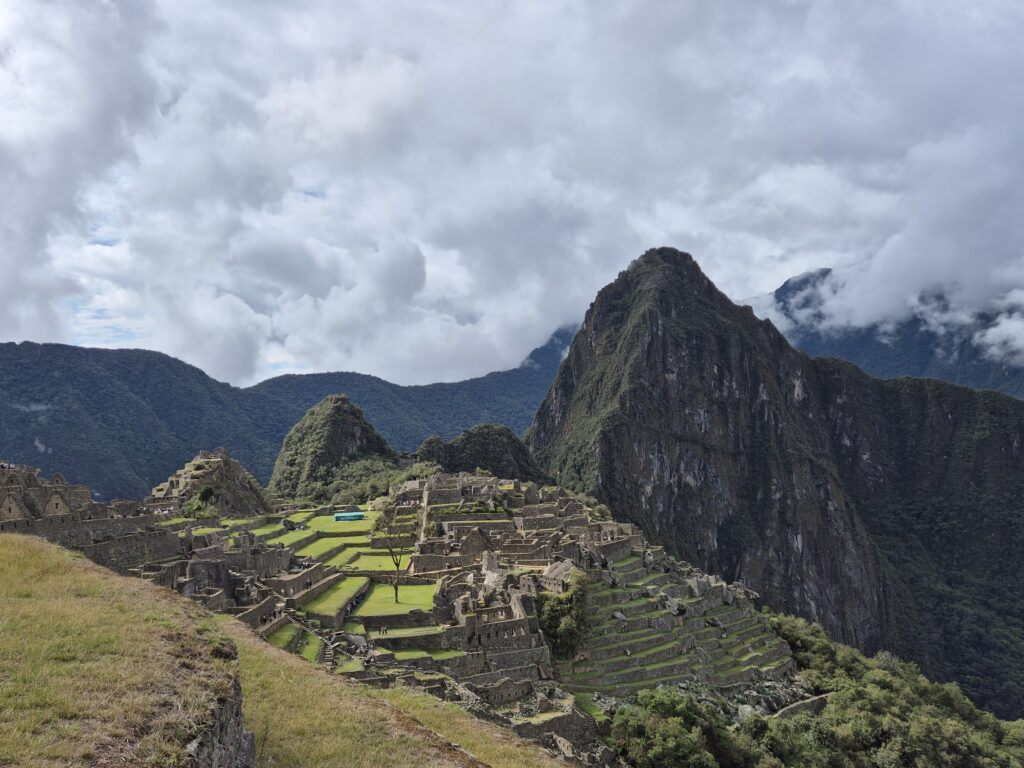
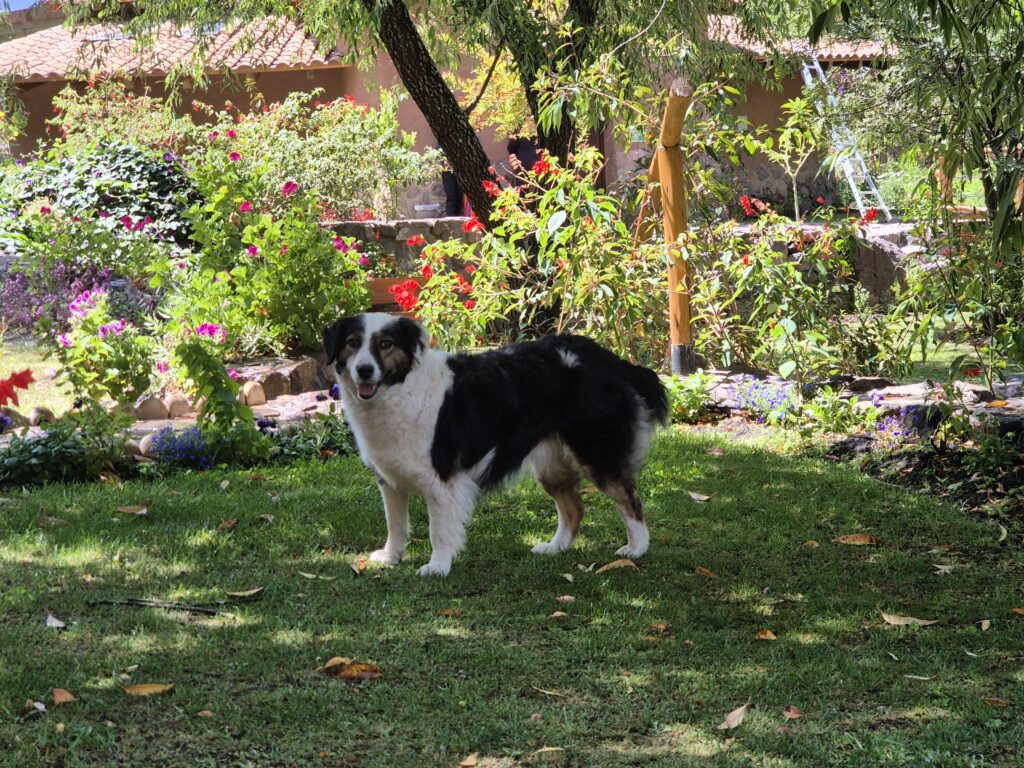
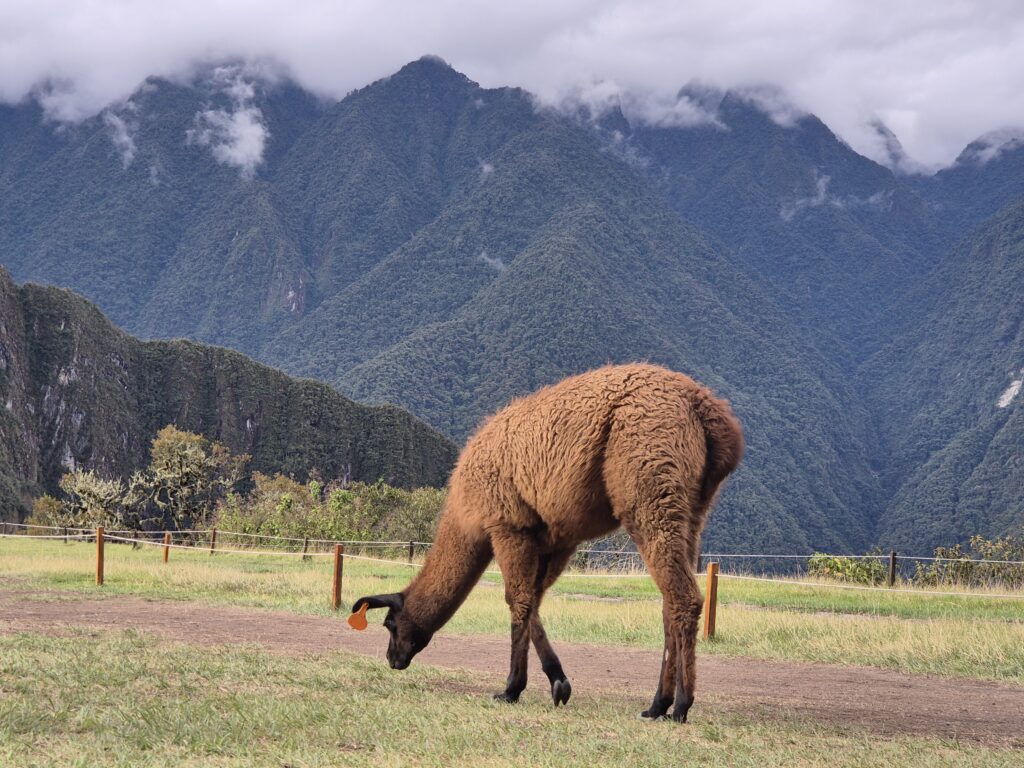
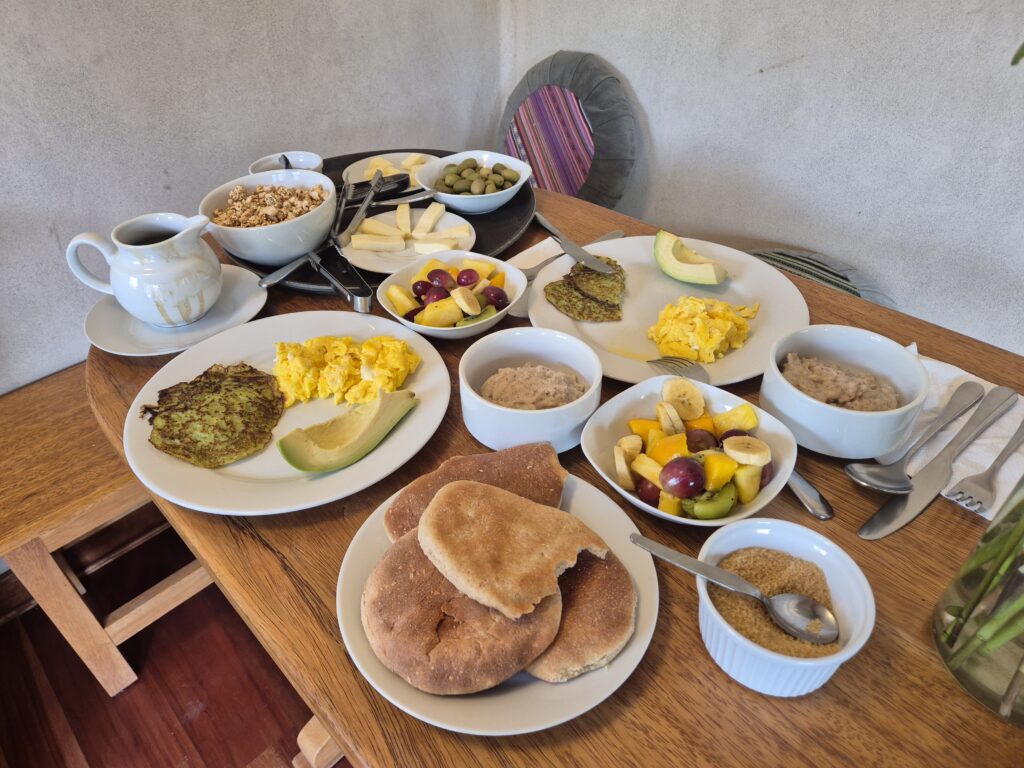
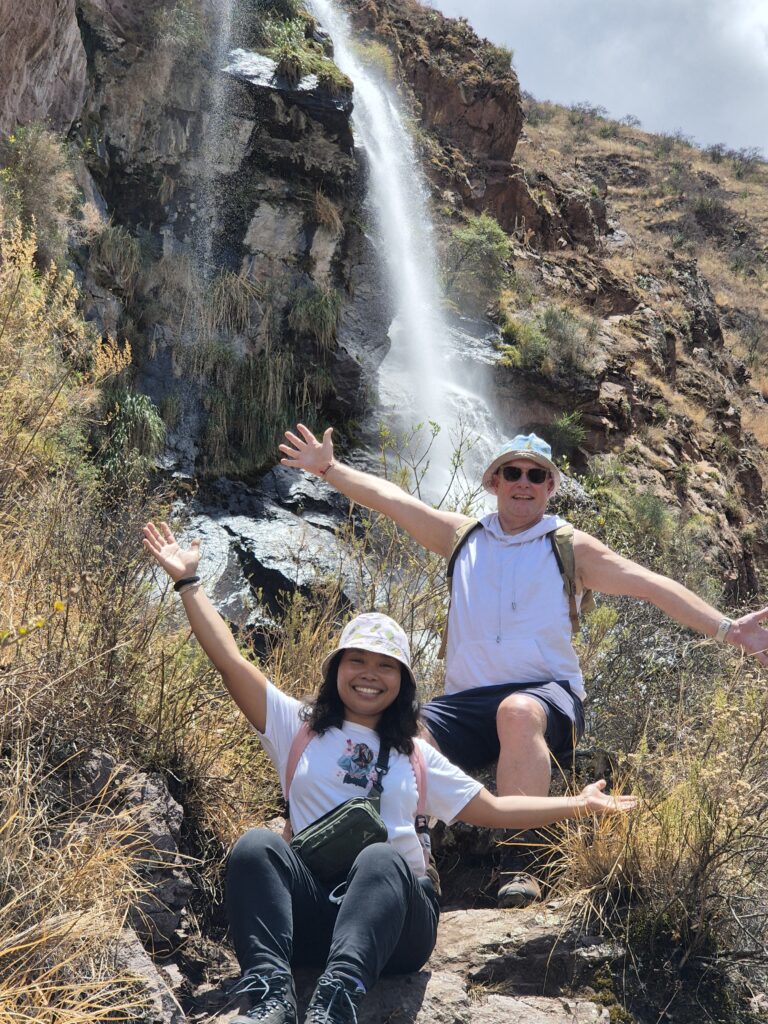
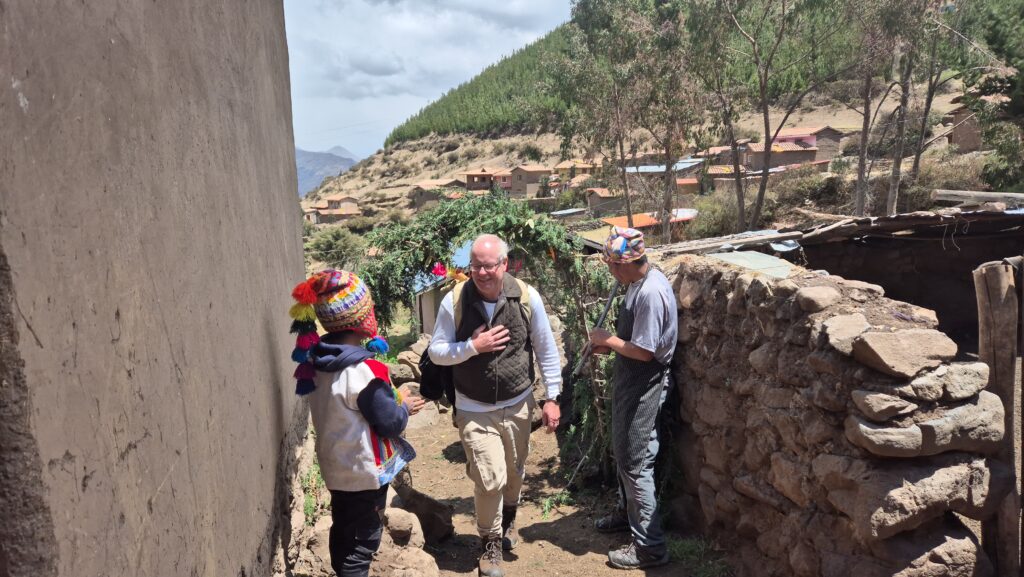
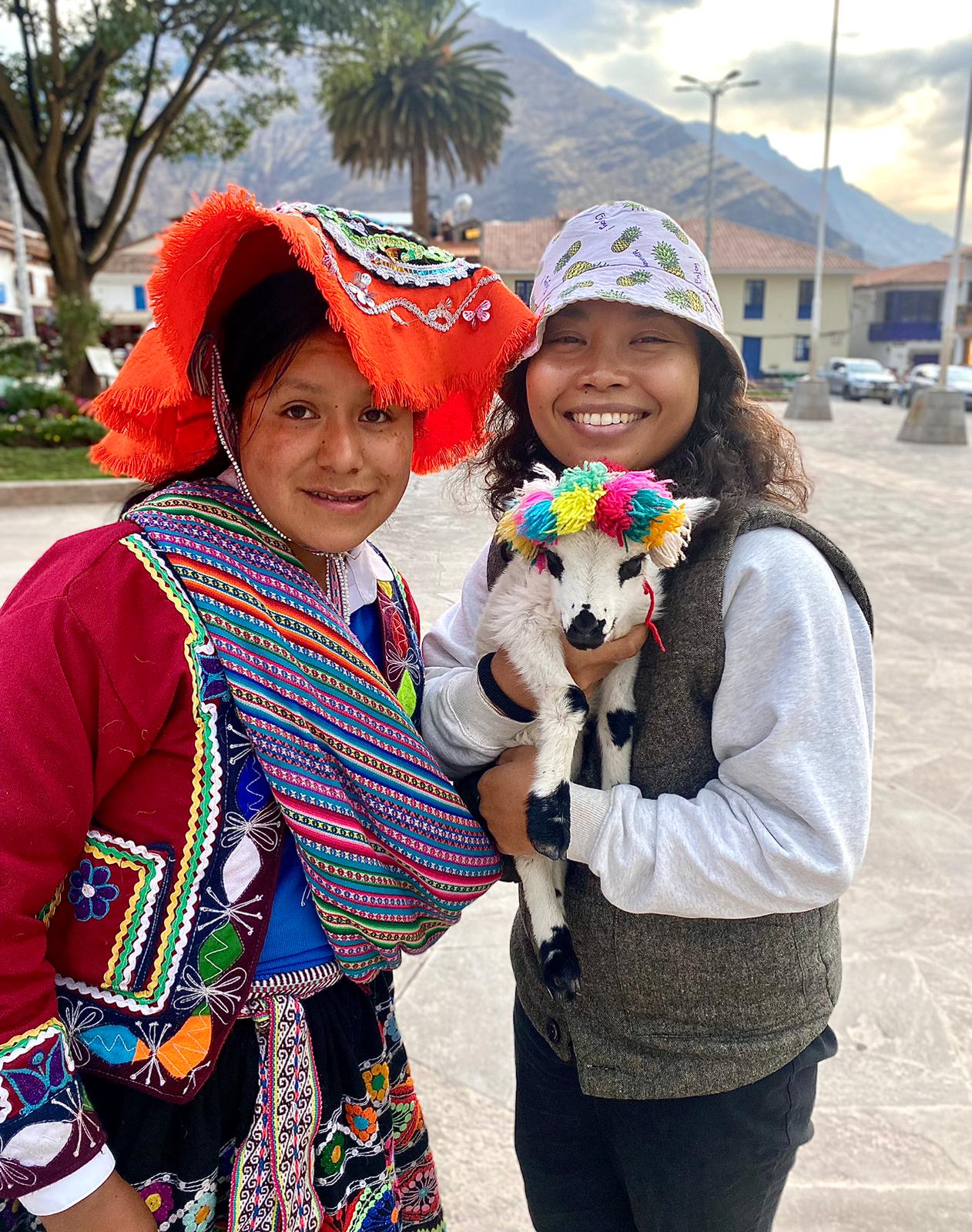
Leave a Reply
You must be logged in to post a comment.